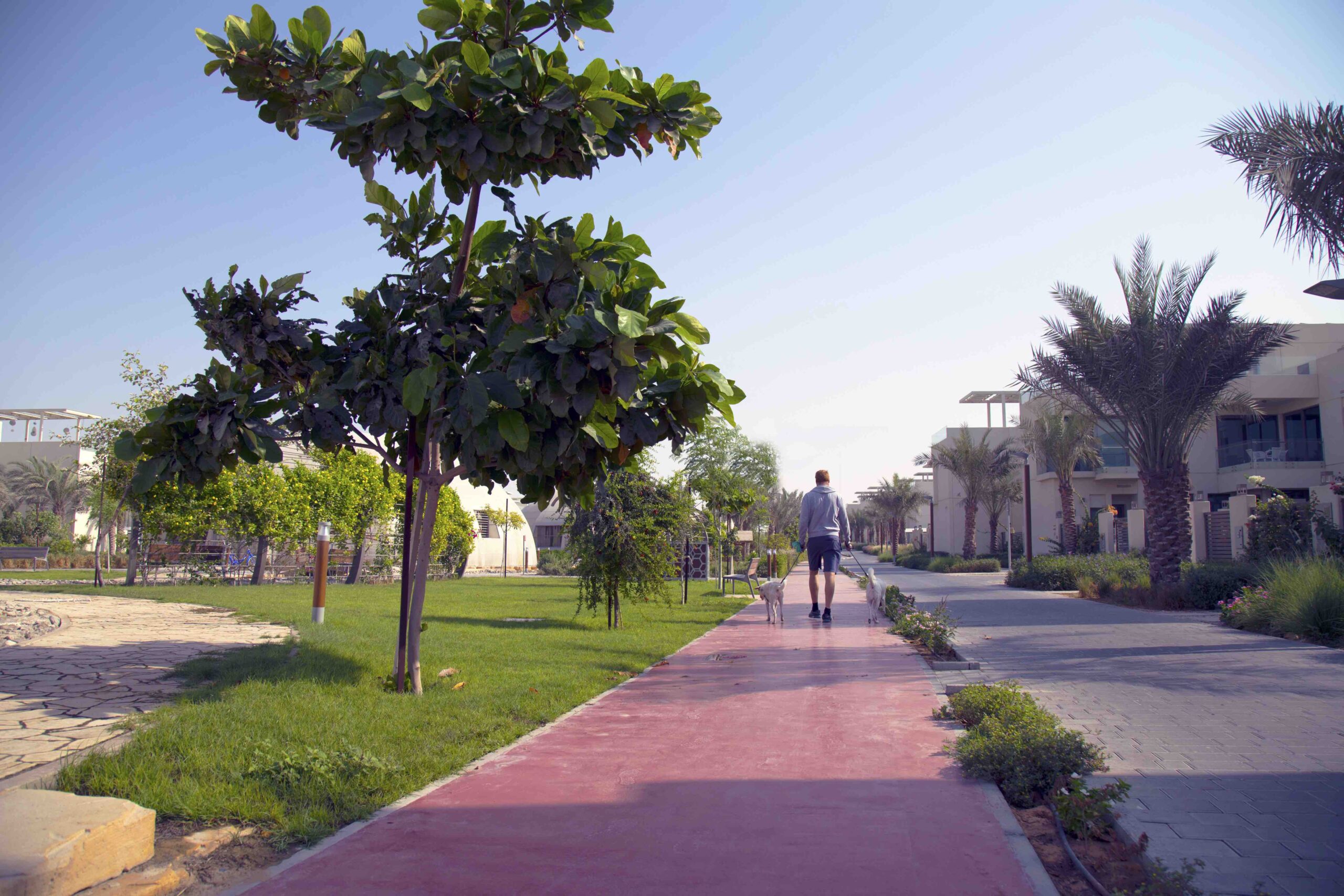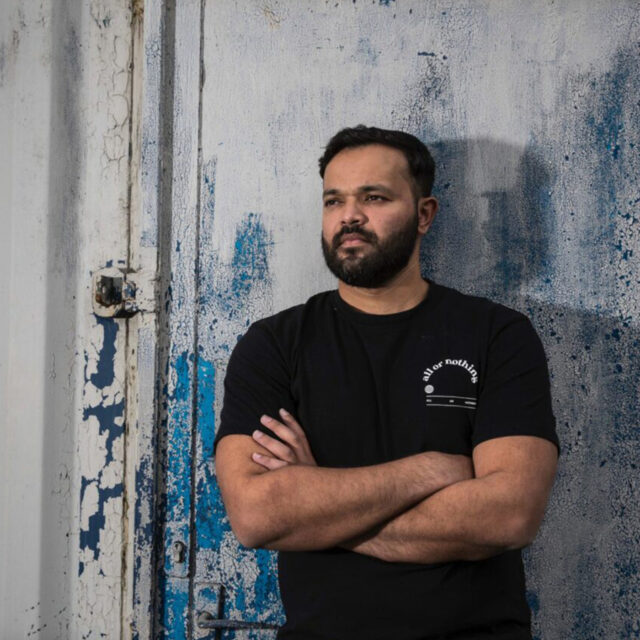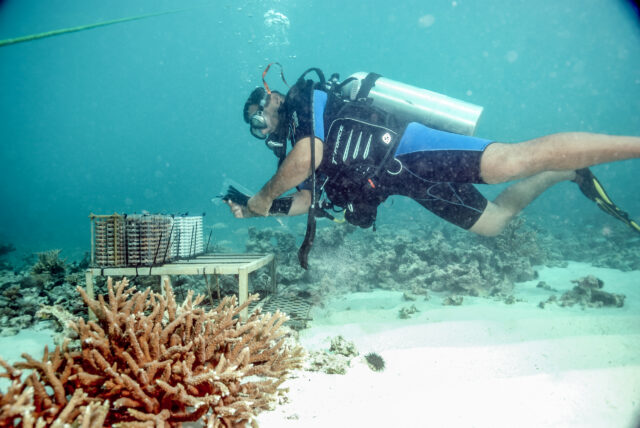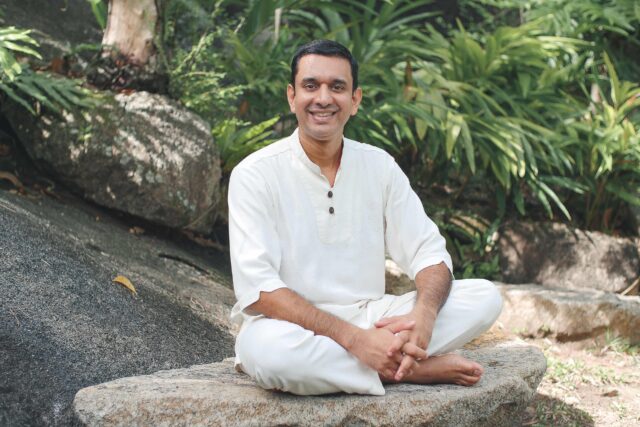Sustainable living and happiness appear to be closely intertwined. Each year the United Nations’ Sustainable Development Solutions Network (SDSN) publishes its World Happiness Report and for the past six years, Finland has occupied top spot. The Nordic nation’s consistently pro-active approach to sustainable development has been regularly cited as a key factor in its ranking.
Goal No. 11 of the UN’s Sustainable Development Goals is to make cities and human settlements, inclusive, resilient and sustainable. That is what Marwa Nahlawi, the Head of Urban Planning for Diamond Developers, the company behind the Dubai Sustainable City community, has been trying to do for more than a decade.
“For us, sustainability is a holistic concept that we look at through three lenses: environmental, economic and social,” Nahlawi explains to Livehealthy. “We haven’t invented anything new or that hasn’t been done before; we’ve just brought it together into one community
“Environmental sustainability is about reducing consumption of energy, conserving water or monitoring food waste; social is the elements of a community that enhance people’s lives like safety, the quality of education and inclusion; economic is about making what we offer as close to the cost of conventional community living as possible.”
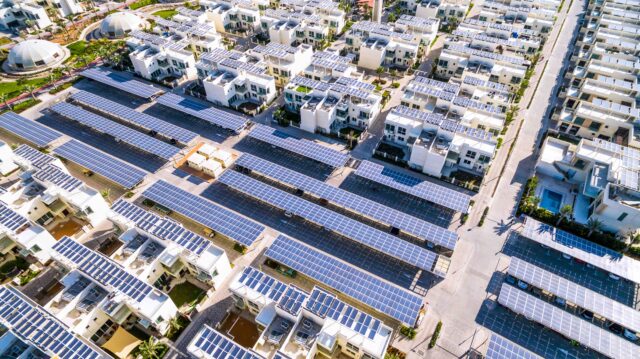
Some of Sustainable City’s most notable features include its ‘Central Green Spine’ — a park that runs its entire length and holds a capacity of 3,000sqm for urban farming — while its SEE Institute is a home for sustainability dialogue and a ‘Positive Energy Building’ that will produce 140 percent of its energy requirements.
Sustainable City is also a car-free community, with solar-panelled car parks located on the community’s periphery, no more than an 85m walk to the residences.
Dr Heather Jeffrey, head of business at the University of Birmingham Dubai and an expert in tourism and placemaking, was convinced enough by the merits of Sustainable City to move her family into the community.
“I have definitely suffered cognitive dissonance — living in the desert and worrying about my carbon footprint because of our location,” Dr Jeffrey explains. “When I had my daughter, I also thought a lot about the type of childhood I wanted her to have. Sustainable City had a school with clear values that we could walk to, as well as a clear sense of community.
“It’s all low-rise apart from one small square with apartments; everywhere is easy to access and there are so many green spaces — which just has an immediately positive impact on mental health.
“You walk to the shops; you don’t have to deal with traffic because there are no cars. Children can literally run out your house and down to the nearest playground without encountering any roads.”
One might assume that a deep concern about the environment is the driving factor behind the decision of most of Sustainable City’s residents to relocate. But Dr Jeffrey reveals that for most people she has encountered, it is a lifestyle choice rather than an environmental one.
“Some people have moved there because they are worried about the environment but for the majority, it is more that Sustainable City is a happy, safe place to live — and the positive environmental impact is a useful by-product,” she says.
“But it means that people who perhaps wouldn’t have thought about sustainability really start to consider their own practices. They think about recycling and they think about their impact on the earth. With the school and businesses espousing these sustainable values, there is definitely a sense of feeling that we need to do better.”
Sustainable City has not had entirely positive reviews. One particularly scathing research article by Shanti Escalante-de Mattei, a Global Fellow in Urban Practice, described Sustainable City as an enclave for the rich that could never be replicated more universally.
Dr Jeffrey understands the criticism, adding a big ‘but’.
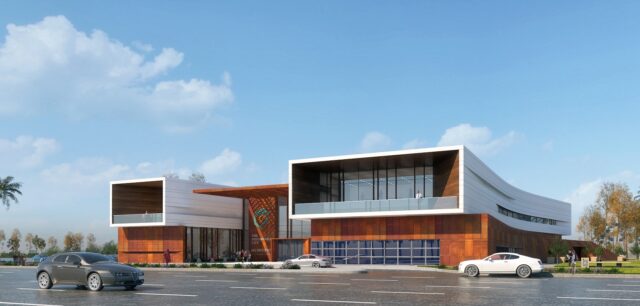
“Whenever you look at innovation in practice, there is always a period where only a certain segment of society can afford it,” she says. “Look at examples like smartphones or electric cars. I just really hope that the technology and approach we see used in Sustainable City becomes the standard for every development. Then many more people can experience the benefits.”
Beyond the UAE, one of the world’s most ambitious visions for a sustainable city is in the Saudi Arabian mega-project of NEOM. In its flagship 170km urban development, THE LINE, there will be no roads, cars or emissions. The Line will run on 100 percent renewable energy and preserve 95 percent of land for nature, promising that “people’s health and wellbeing will be prioritized over transportation and infrastructure”.
The futuristic vision is supported by Saudi Crown Prince, Mohammed bin Salman, who said on its announcement: “THE LINE will shine a light on alternative ways to live. We cannot ignore the liveability and environmental crises facing our world’s cities, and NEOM is at the forefront of delivering new and imaginative solutions to address these issues.”

It is not just newly built cities that can benefit from sustainability. In Lebanon, the United Nations Environment Programme (UNEP) West Asia is working with Saida, the third biggest metropolis in the country, to initiate more sustainable infrastructure.
“It all starts with data collection,” Sarah Asmar, sustainable lifestyle expert for the United Nations Environment Programme for West Asia, tells Livehealthy. “From this we can see where to best focus our efforts — whether it is built environment, wastewater — whatever the priority may be.
“If implemented correctly, Sustainable Cities are a win-win from an economic and quality of life perspective. But it needs initial finance and political stability, which can be a challenge in some areas of West Asia.”
One nation able to fulfil the dual criteria of strong finance and stability is the Sultanate of Oman, where the developers behind Sustainable City Dubai have recently broken ground on their biggest project yet.
Sustainable City Yiti, located 35km outside of the capital Muscat, is set to be the largest sustainable community in the world, and the first Net Zero emissions community in Oman. For urban planner Nahlawi, who also has new developments coming to Sharjah and Abu Dhabi, it is a sign that sustainable communities can indeed be replicable in new markets.
“Right now, we are also in talks with different entities in Europe, Africa and the United States,” she reveals. “We are open to expanding everywhere because the framework is the same and can be adapted to different regions.
“I think as soon as developers understand that the focus should be on optimizing profits and not maximizing profits, we’ll see sustainable cities become more widespread. It needs long-term thinking. We all want to save the planet, but we don’t want to break the bank doing it and we don’t want it to be at the expense of our quality of life.”
